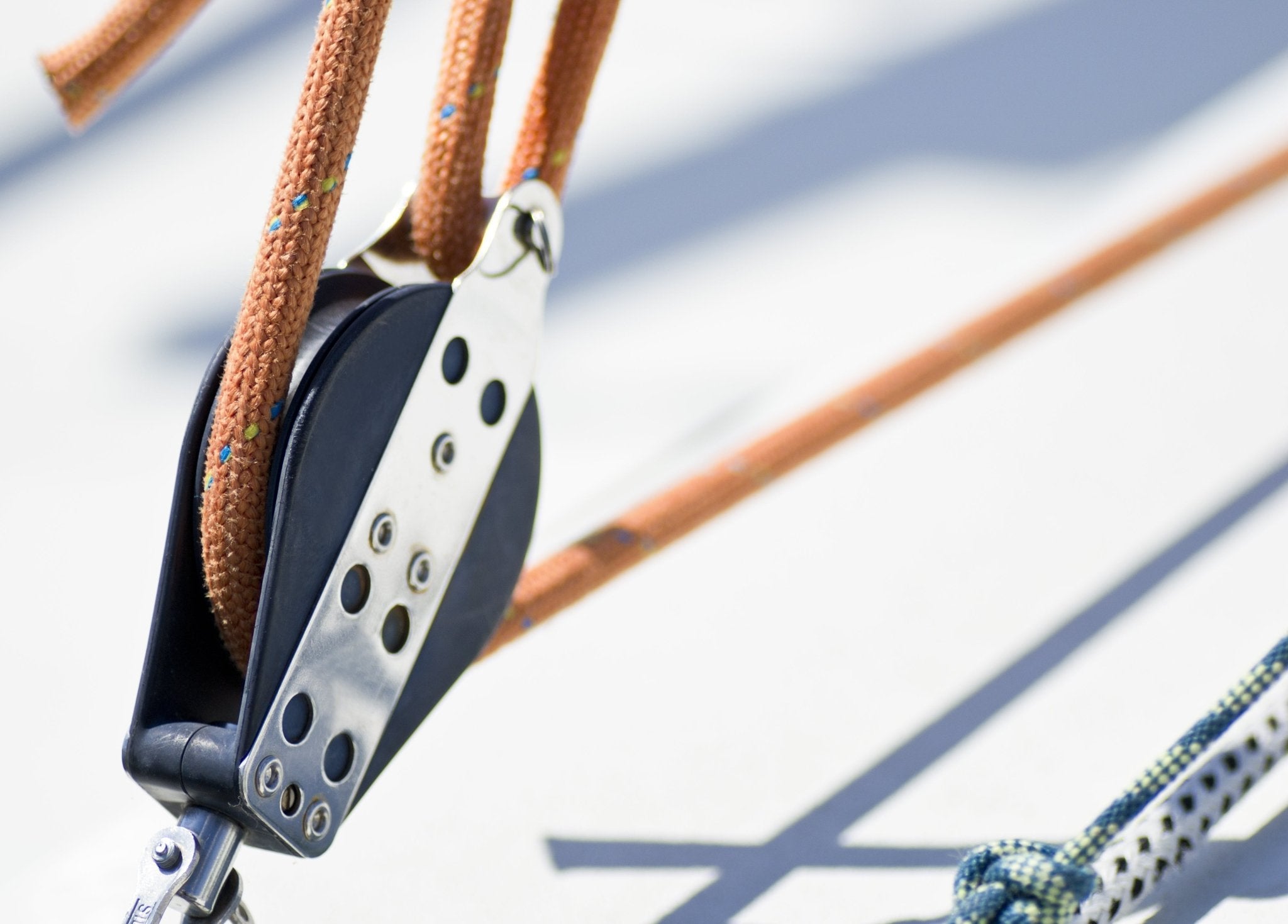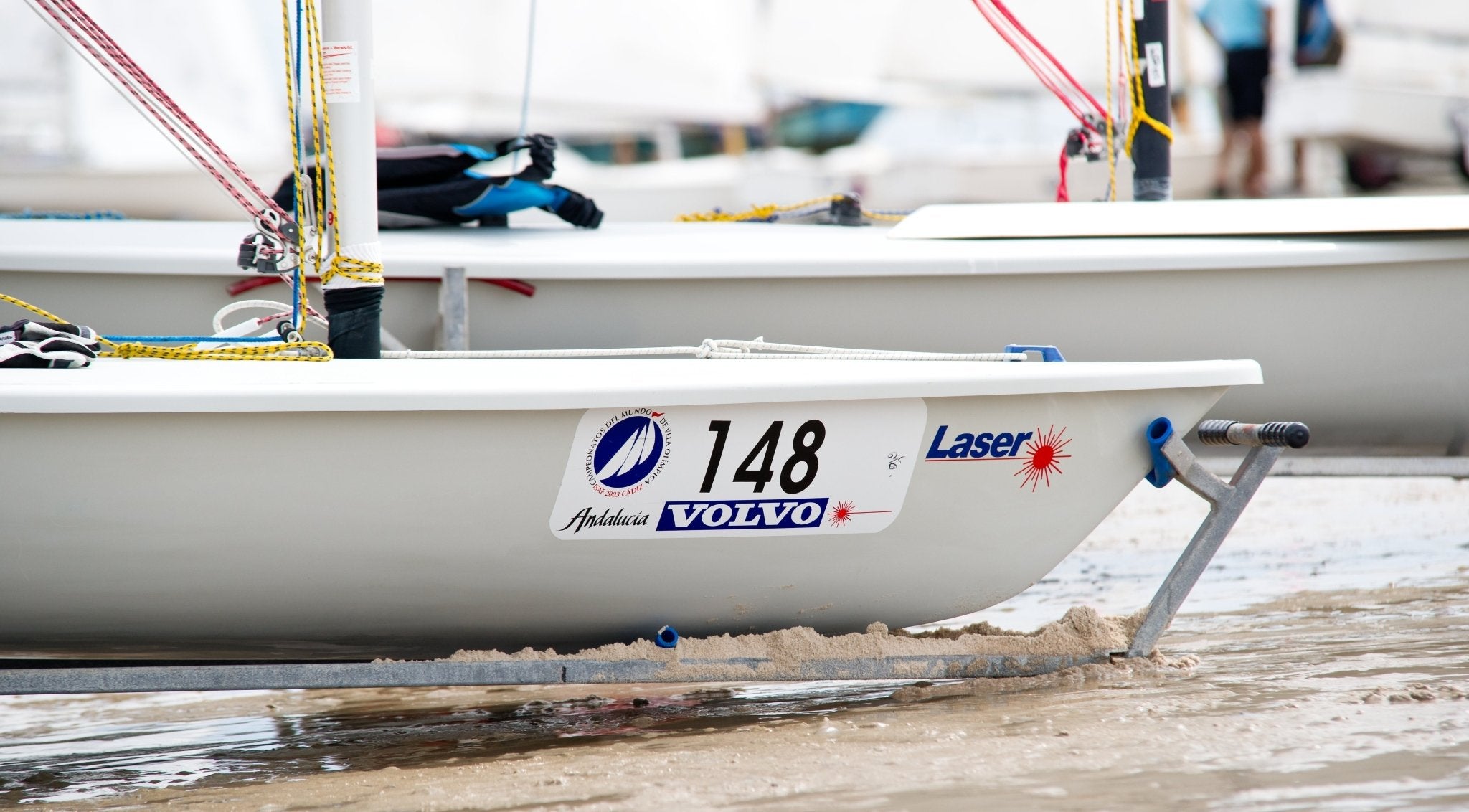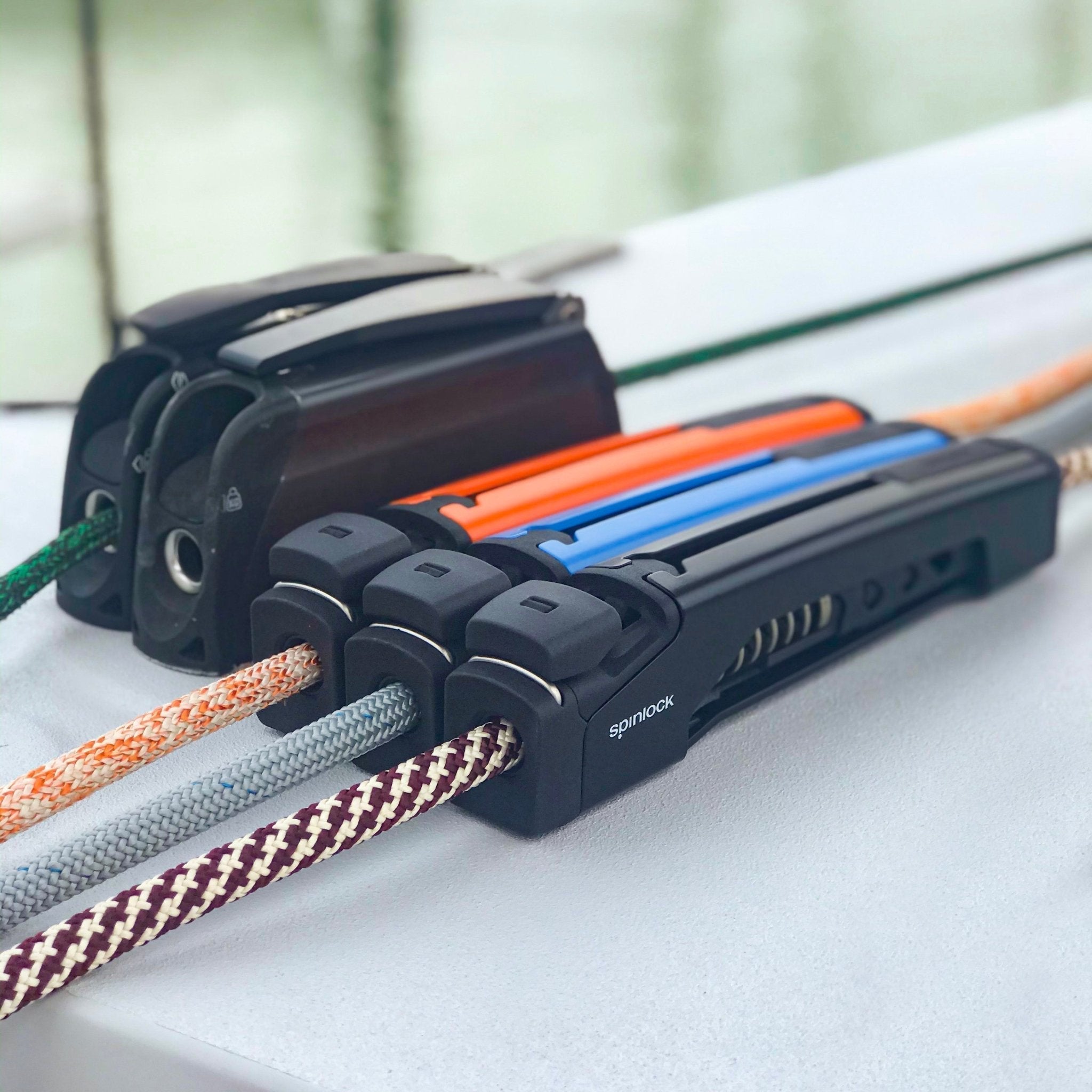
How to Choose the Right Blocks
When you're dialing in performance at the highest level, selecting the right blocks isn't just about load ratings or sheave size—it's about how every piece of hardware contributes to the efficiency, reliability, and feel of your rig. Whether you're racing aggressively or cruising with precision, understanding how to choose the correct block for each application is essential.

CLICK HERE TO VIEW BLOCKS
Match the Block to the Load Path
Experienced sailors know that every load path on the boat has unique demands. For high-load applications like mainsheet systems, vang, backstay, or headsail sheets, look for blocks rated for higher working and breaking loads with ball or roller bearings designed to minimize friction under load. For example, Harken’s Element or Black Magic blocks excel in high-load roles, offering aluminum sideplates and composite sheaves for long-term durability.
Rule of thumb: Never select a block based solely on line diameter. Always begin with the load it must carry and work backward.
Bearings: Ball vs. Roller vs. Plain
- Ball bearings offer the least resistance when the load is low to moderate and are perfect for control lines, traveler cars, and mainsheet systems.
- Roller bearings shine under high loads but don't spin freely when unloaded, making them ideal for vang systems or halyard blocks.
- Plain bearing blocks—typically used in static or high-load low-speed applications—are perfect for anchoring systems or reefing lines where longevity outweighs friction concerns.
Understanding how your gear responds under dynamic load is critical. Roller and plain bearing blocks may sacrifice free spin for structural integrity.

Line Size Compatibility
Choosing a block for oversized line may be tempting, but it can reduce system efficiency and increase friction. Modern high-strength lines like Dyneema or Spectra allow for smaller diameters, so you can size your hardware more efficiently. Ensure the sheave diameter accommodates the line curvature without compressing it—this preserves line life and performance.
Pro tip: Look at line-to-sheave ratios. Smaller lines need appropriately sized sheaves to reduce wear and maintain mechanical advantage.
Block Configuration: Swivels, Becket, or Fiddle?
Block configuration should serve the mechanical function first. Use:
- Swivel blocks where alignment varies dynamically (e.g., mainsheet traveler).
- Becket blocks when terminating lines internally to simplify systems and reduce clutter.
- Fiddle blocks in purchase systems where space is limited but mechanical advantage is needed—just be cautious of alignment to avoid twisting.
Avoid overcomplicating your setup. Too many swivels or moving parts can introduce slop or potential failure points.

Material Selection and Environment
For saltwater racing or extended offshore use, go with anodized aluminum sideplates and composite sheaves. Stainless steel has longevity but adds weight and often cost. Composite materials reduce friction and corrosion but may wear faster in UV-heavy environments.
If you sail in mixed conditions or race hard, invest in blocks with sealed bearings and minimal metal-on-metal contact.
Application-Specific Selection
- Spinnaker blocks: Go large, low-friction, and double-sheaved if you use tweakers or barber haulers.
- Jib leads: Choose adjustable cars with captive bearings for on-the-fly tuning.
- Boom vangs: Go straight to high-load roller or multi-sheave cascading systems.
Match every block to its tactical use case. Don’t generalize your purchases—optimize.


